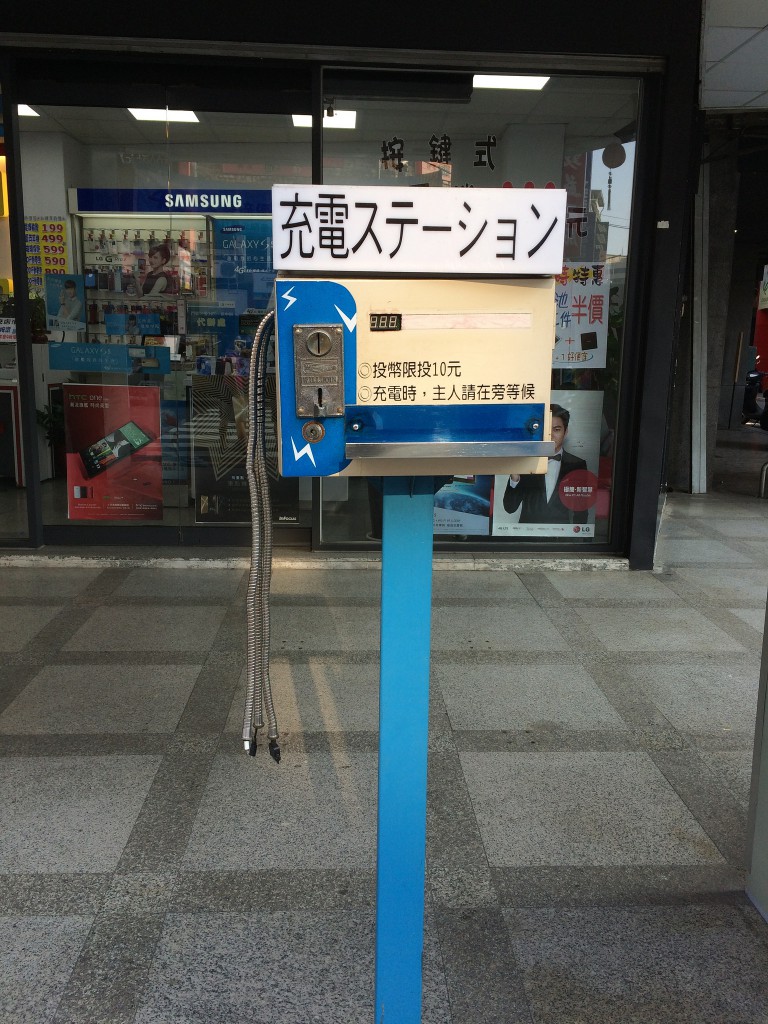An interface is humane if it is responsive to human needs and considerate of human frailties. We make mistakes. No matter how hard we try to concentrate and prevent errors, errors will happen when our concentration wanes or when we are forced to do something that is beyond our cognitive abilities like multi-tasking: the act of consciously thinking about two things at once — and, with the use of Queueing Theory & Little’s Law, we learn that multi-tasking leads to lower productivity.
Aza Raskin
A humane interface design philosophy:
1. It’s the fault of the interface, not you.
The main thing you have to remember—and please remember this, because it could be vital to your sanity—is that any problems you have with an interface are not your fault. If you have trouble using your microwave, it’s not because you’re “not good with technology”, it’s because the people in charge of designing the interface for that microwave didn’t do their job right. User interface design is incredibly hard, and carries with it a great deal of responsibility; this is something that’s taken quite seriously when it comes life-critical systems such as flight control software. But in today’s consumer culture, what should be blamed on bad interface design is instead blamed on the “incompetence” of users. Just remember that it’s not your fault.
2. Don’t take something simple and make it complex.
Some tasks—for instance, teaching a child arithmetic—are intrinsically pretty complicated. But some aren’t. Setting the time on a wristwatch, for instance, shouldn’t be that hard; on old analog wristwatches, it basically involved pulling out a knob, twisting it until the watch showed the correct time, and pushing the knob back in again. But on newer digital wristwatches—ones that claim to be more powerful and feature-loaded than their analog counterparts—it involves pressing a series of buttons in a hard-to-remember, often unforgiving order. Most people dread setting the time on their digital watches, and for good reason.
It’s right and proper for complicated tasks to take time and expertise to accomplish. But something that is fundamentally simple—like changing the time on a wristwatch—should stay simple.
3. Fewer choices are better than many.
People love having choices, because having choices means having freedom. Well, we don’t think this is necessarily a good thing when it comes to usability. We believe that when someone wants to do something on their computer, they want to spend their time doing it, not deciding how to do it. For instance, Microsoft Windows provides you with at least three different ways to launch applications and services on your computer: desktop icons, a quick-launch bar, and a Start Menu. Each one of these mechanisms is useful in one or two situations but horrible in others, and each has completely different instructions for operation. Microsoft even gives you a wealth of choices to configure them the way you want, which makes the situation that much more complex.
When we can, we try to avoid burdening our users with choices like this: we’d rather just take the time to make one simple mechanism that the user can use for all their purposes. Because the less burdened a user’s mind is with irrelevant decisions, the more clear their mind is to accomplish what they need to get done.
4. Reliability is sacred.
It’s that simple, really. When one ensures that a machine can’t lose a user’s work, interfaces become a lot simpler; no more dialog boxes asking questions like “Are you sure you want to delete that entry?”; no more remembering to click a “Save” button like it’s a nervous twitch. You never need to regret any action you take, because any action you take can instantly be undone. Not to mention your complete lack of terror when you’re in the middle of working on your computer and the power goes out.
5. Your train of thought is sacred. Don’t break the flow.
You can only really think about one thing at a time. If you’re thinking about paying your taxes, you can’t be thinking about your vacation in Tahiti. Indeed, thinking about that vacation in Tahiti will actively prevent you from thinking about your taxes. That’s why when you want to get something done, you want to get everything out of your head except the task at hand.
Quite simply, you need to preserve your train of thought. And that means that the interface you’re using can’t derail it. No talking paper clips bothering you from the sidelines, no fiddling with windows to find your work, no distractions.
6. Good interfaces create good habits.
When you’re first learning how to use even the best of interfaces, preserving your train of thought can be hard because so much of your mind is focused on how to use the interface, rather than on what you need to do. But as you become more proficient at using a good interface, it eventually becomes second nature—it becomes a habit, like walking or breathing. You don’t need to think about what sequence of motions you need to perform an action because it’s like your hands have memorized them as a single continuous gesture, saving you the trouble of having to think about them.
Bad interfaces, on the other hand, prevent habits from forming—but they can also make you form bad habits. Have you ever closed a window and hit “Do Not Save”, only to realize a split second too late that it was exactly what you didn’t want to do? That’s a bad habit from a bad interface.
Good interfaces make forming good habits really easy, and they make forming bad habits nearly impossible.
7. Modes cause misery.
There exists a mortal enemy to your habits and your train of thought: it’s called a mode. If an interface has modes, then the same gesture that you’ve habituated performs completely different actions depending on which mode the system is in. For instance, take your Caps Lock key; have you ever accidentally pressed it unknowingly, only to find that everything you type LOOKS LIKE THIS?
When that happens, all that habituation you’ve built up about how to type on a keyboard gets subverted: it’s like your computer has suddenly turned into a completely different interface with a different set of behaviors. And that derails your train of thought, because you’re suddenly confused about why your habits aren’t producing what you expect them to.
When you think about it, almost everything that frustrates us about interfaces is due to a mode. That’s why good interfaces have as few as possible.
8. It’s easy to learn.
Good interfaces aren’t just effortless to use once you know them—they’re also easy to learn to use. This doesn’t necessarily mean that someone should be able to use it without any instruction, though—it just means that knowing how to use any feature of the interface involves learning and retaining as little information as possible. Keep it simple, and keep it consistent.
9. An interface should be attractive and pleasant in tone.
How messages are phrased is important, how the interface looks is also important. But these are of secondary importance in terms of task completion. It used to be said that the Mac OS X interface looked so good it was lick able.
Source.





